Nice. I'm only guessing but it looks like you'll mount that little piece on the bars maybe? or is it lager than it looks and will go around a fork leg?
Thanks
Nice. I'm only guessing but it looks like you'll mount that little piece on the bars maybe? or is it lager than it looks and will go around a fork leg?
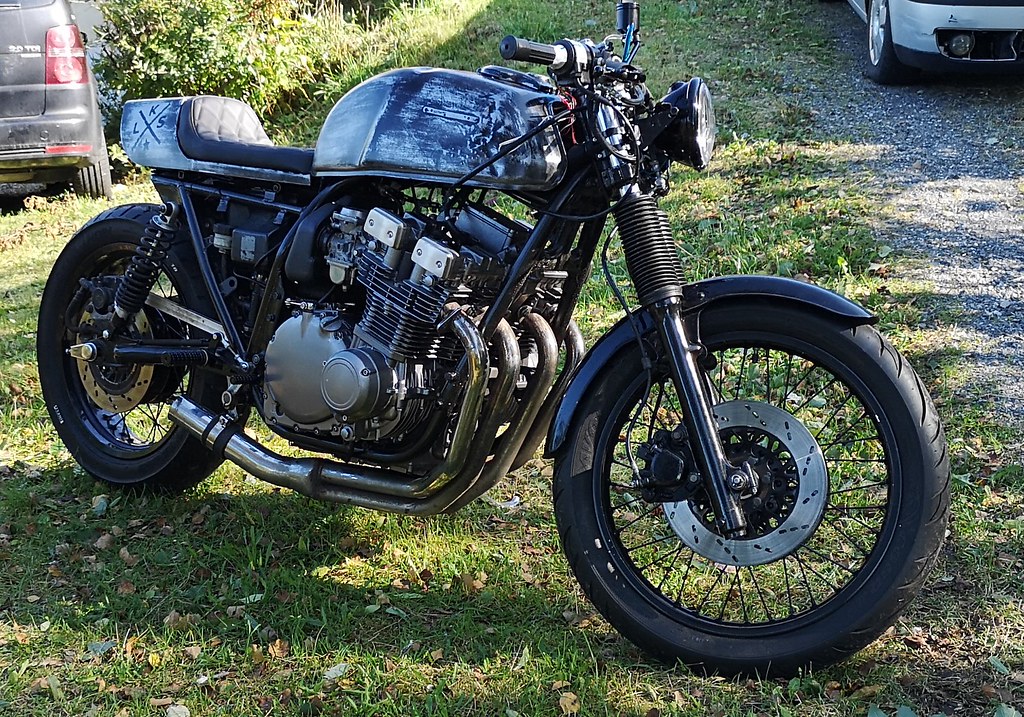 48737553807_0a319a6834_o by Lars Krogh-Stea, on Flickr
48737553807_0a319a6834_o by Lars Krogh-Stea, on Flickr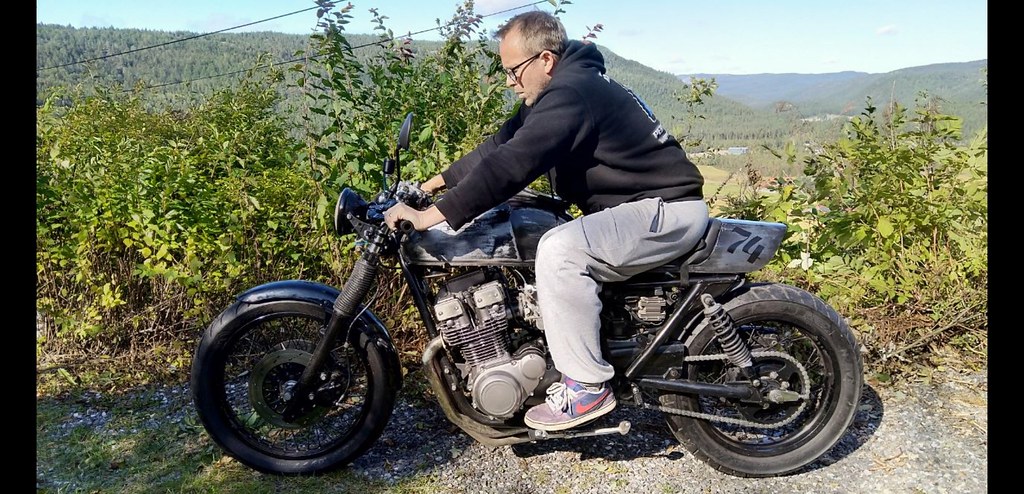 2019-09-18_10-45-33 by Lars Krogh-Stea, on Flickr
2019-09-18_10-45-33 by Lars Krogh-Stea, on Flickr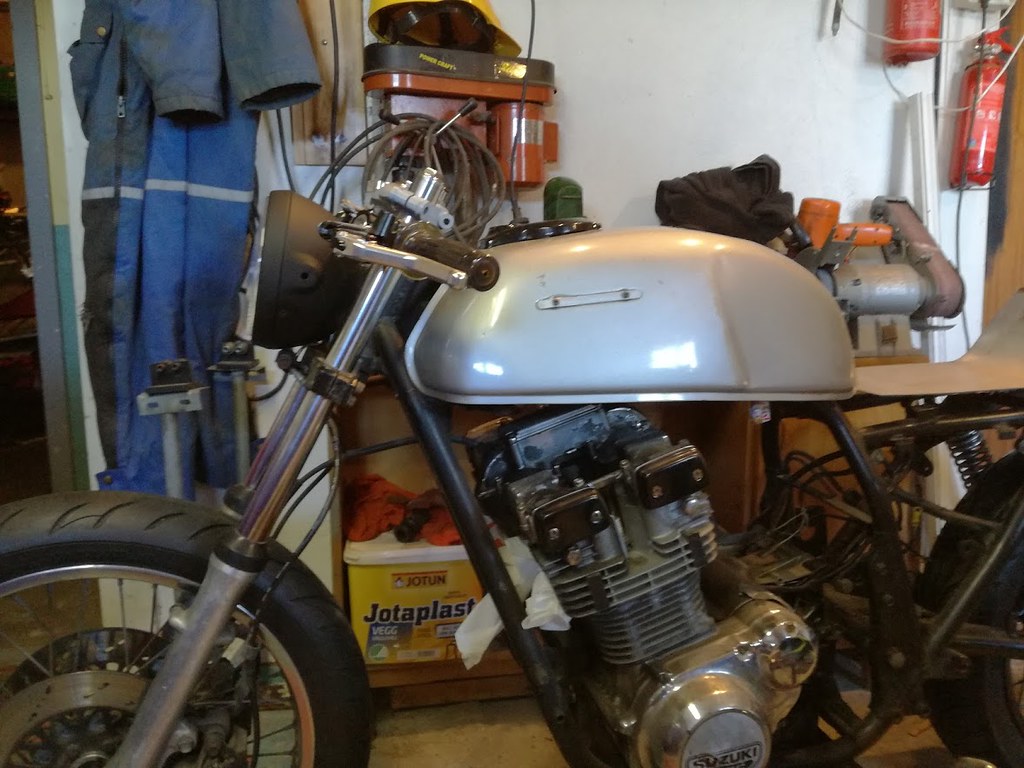 IMG_20170328_111354 by Lars Krogh-Stea, on Flickr
IMG_20170328_111354 by Lars Krogh-Stea, on Flickr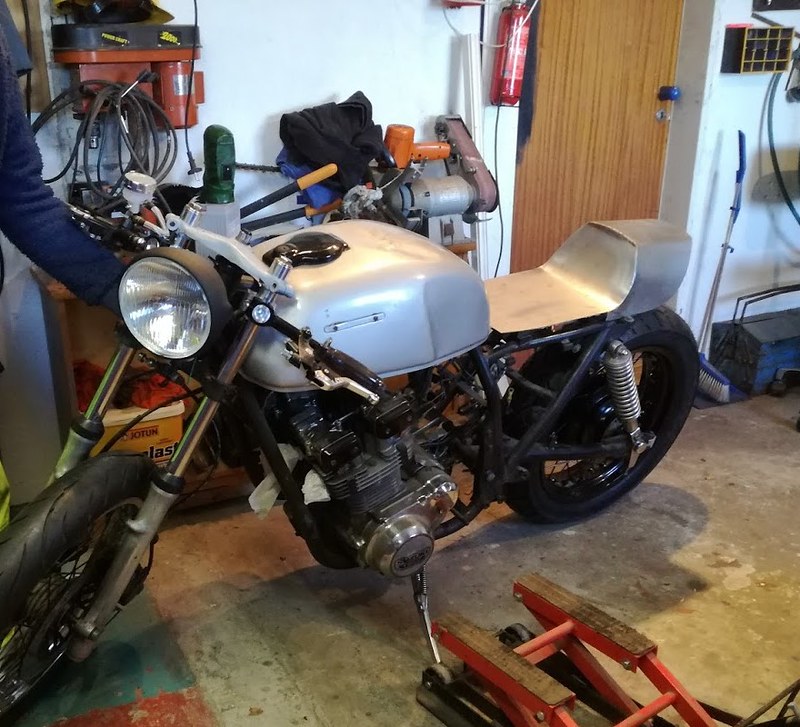 IMG_20170328_111151 by Lars Krogh-Stea, on Flickr
IMG_20170328_111151 by Lars Krogh-Stea, on FlickrNice looking bike!
Thank you!
And I've decided to go with the large headlight
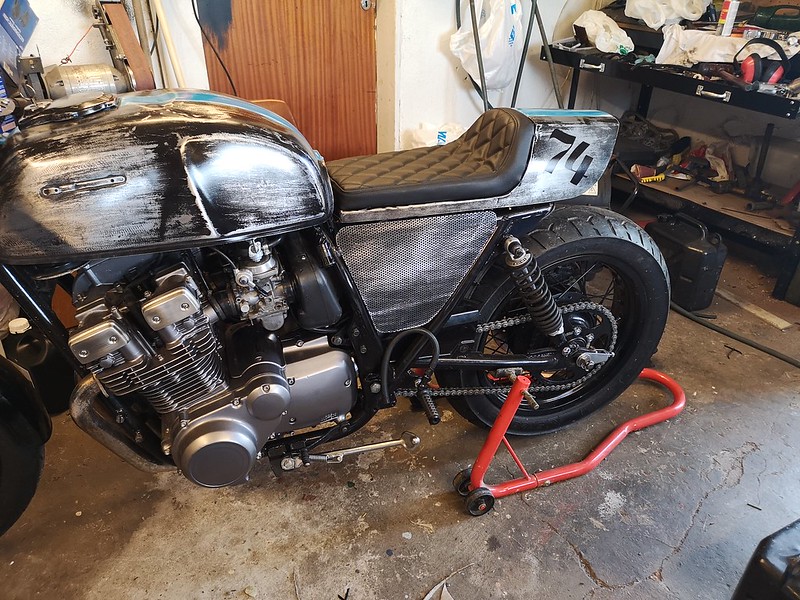 Påska by Lars Krogh-Stea, on Flickr
Påska by Lars Krogh-Stea, on Flickr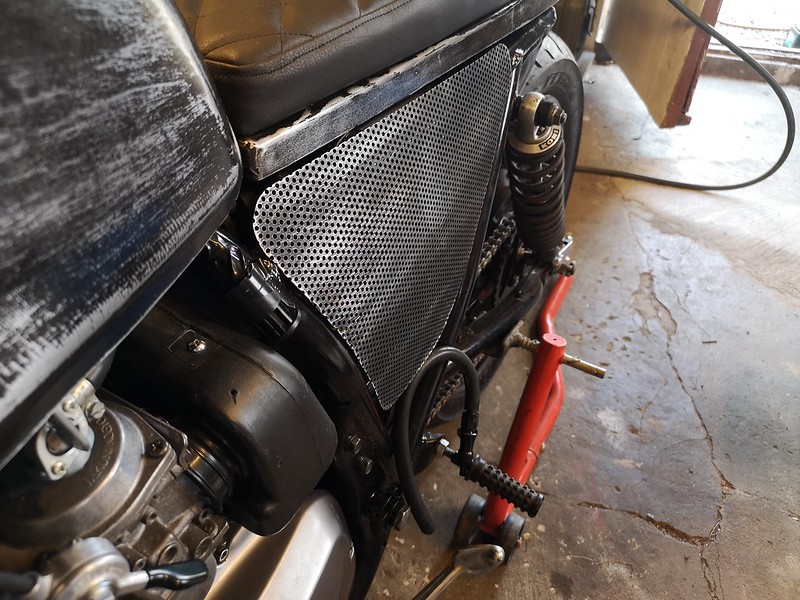 Påska by Lars Krogh-Stea, on Flickr
Påska by Lars Krogh-Stea, on Flickr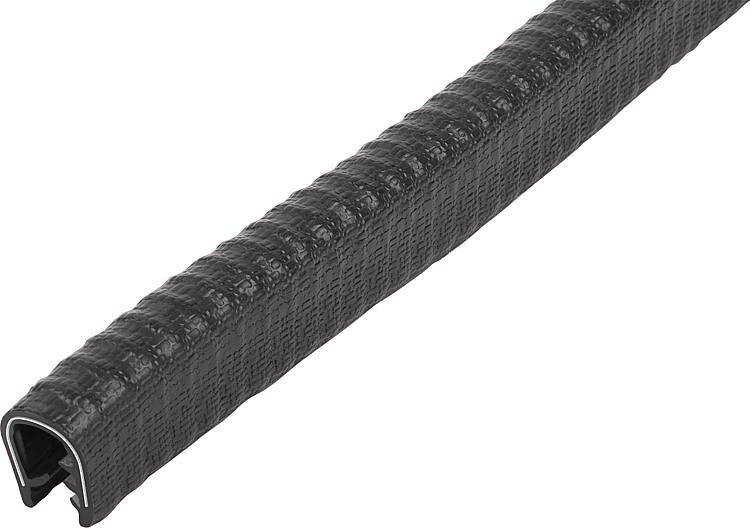 96520-K1367-Kantenschutzprofile-Edge-protection-profiles-Form-C by Lars Krogh-Stea, on Flickr
96520-K1367-Kantenschutzprofile-Edge-protection-profiles-Form-C by Lars Krogh-Stea, on Flickr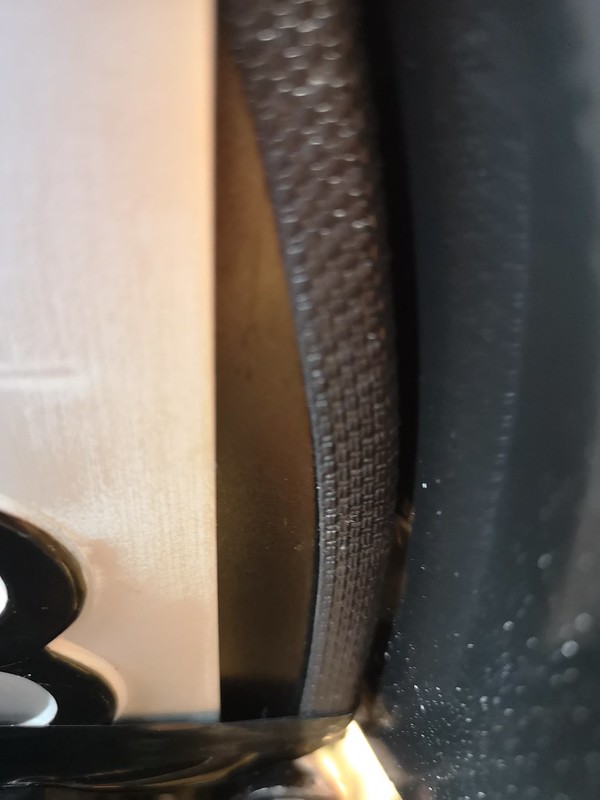 Påska by Lars Krogh-Stea, on Flickr
Påska by Lars Krogh-Stea, on Flickr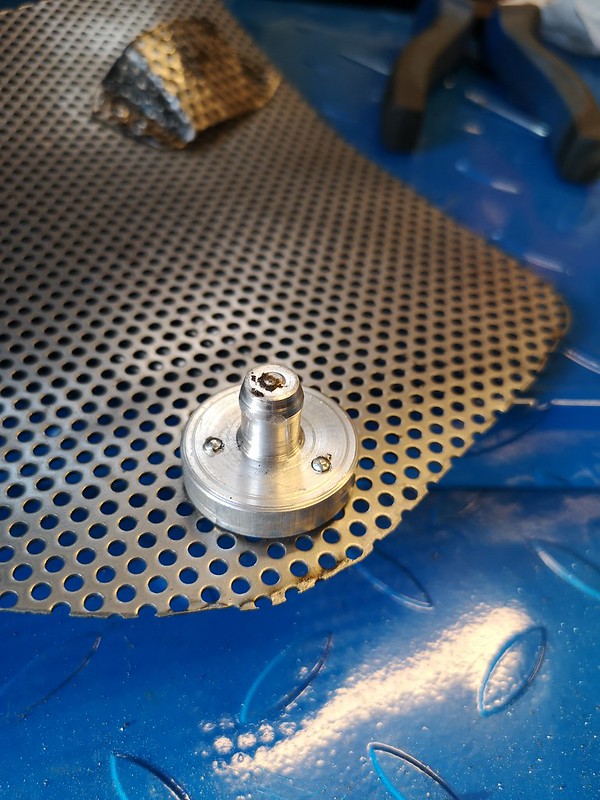 Påska by Lars Krogh-Stea, on Flickr
Påska by Lars Krogh-Stea, on Flickr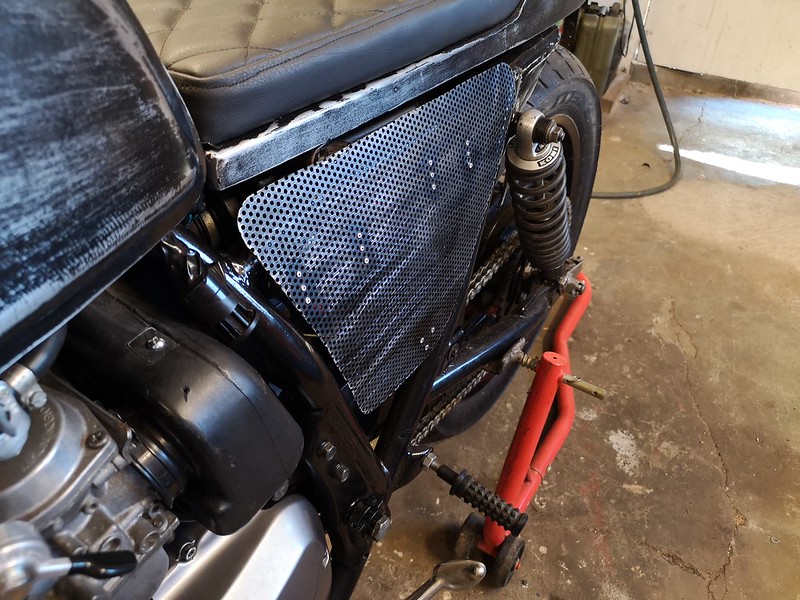 Påska by Lars Krogh-Stea, on Flickr
Påska by Lars Krogh-Stea, on Flickr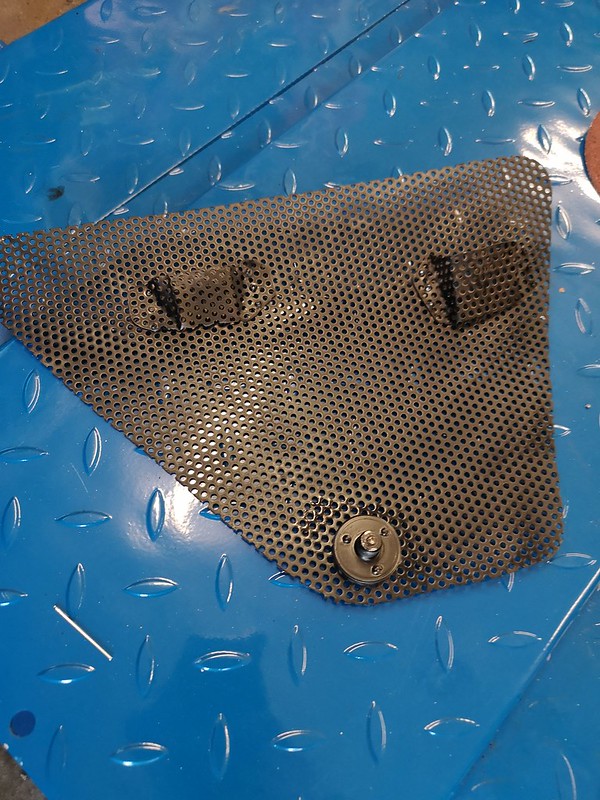 Påska by Lars Krogh-Stea, on Flickr
Påska by Lars Krogh-Stea, on Flickr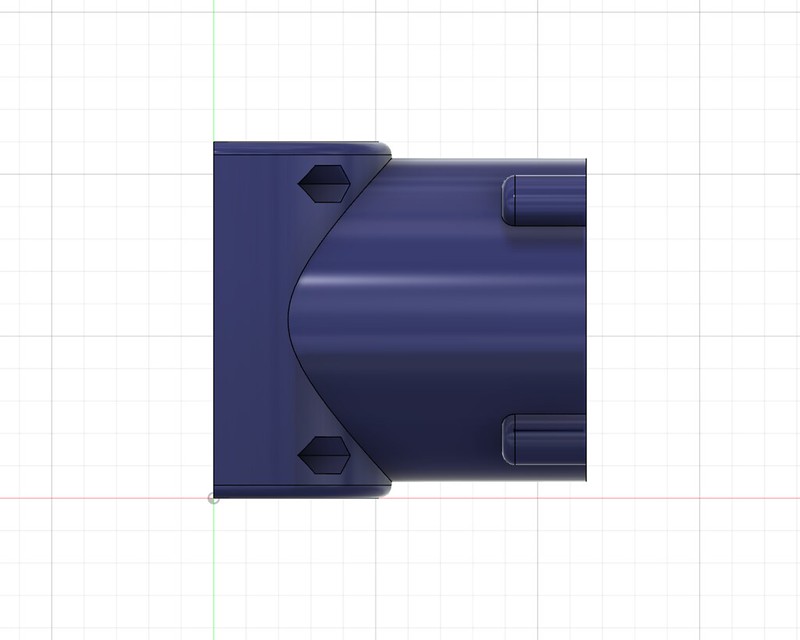 Speedogearhus_huset v3_4 by Lars Krogh-Stea, on Flickr
Speedogearhus_huset v3_4 by Lars Krogh-Stea, on Flickr Speedogearhus_huset v3_3 by Lars Krogh-Stea, on Flickr
Speedogearhus_huset v3_3 by Lars Krogh-Stea, on Flickr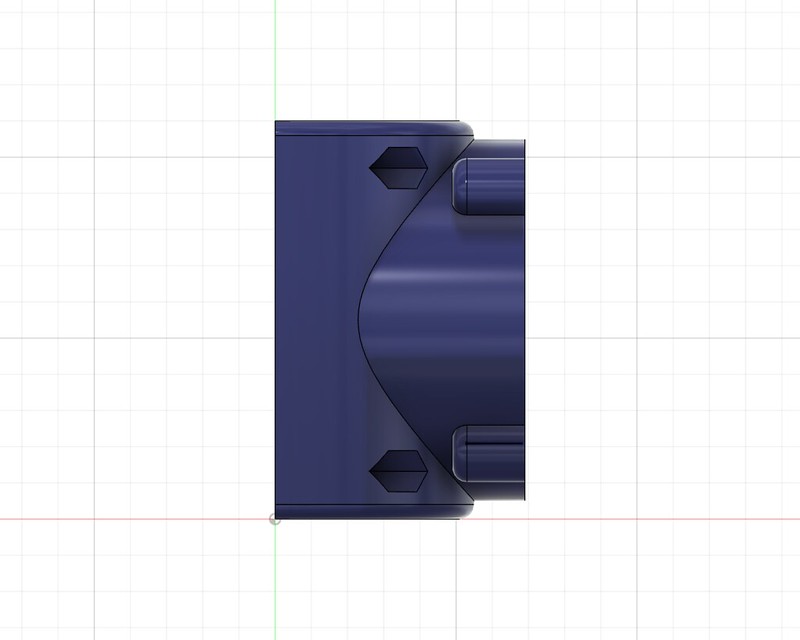 Speedogearhus_huset_kort v3_5 by Lars Krogh-Stea, on Flickr
Speedogearhus_huset_kort v3_5 by Lars Krogh-Stea, on Flickr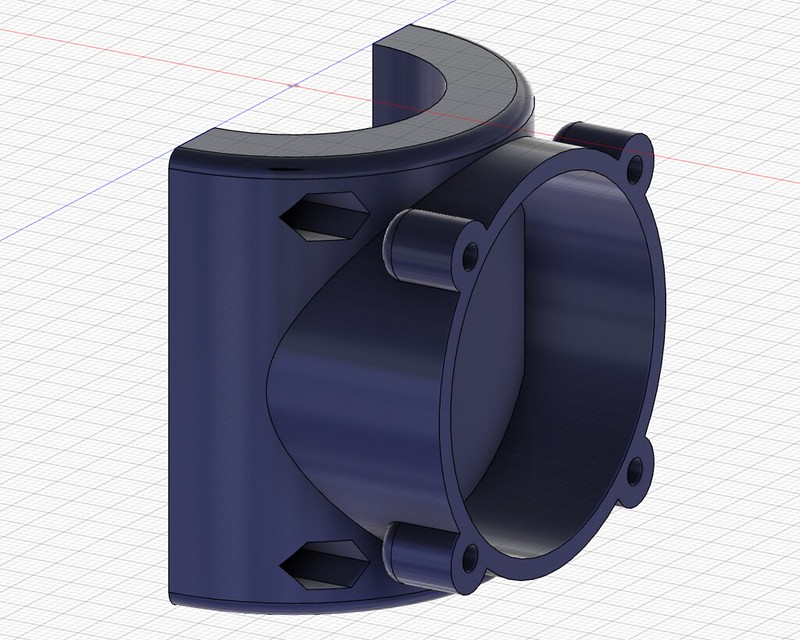 Speedogearhus_huset_kort v3_2 by Lars Krogh-Stea, on Flickr
Speedogearhus_huset_kort v3_2 by Lars Krogh-Stea, on Flickr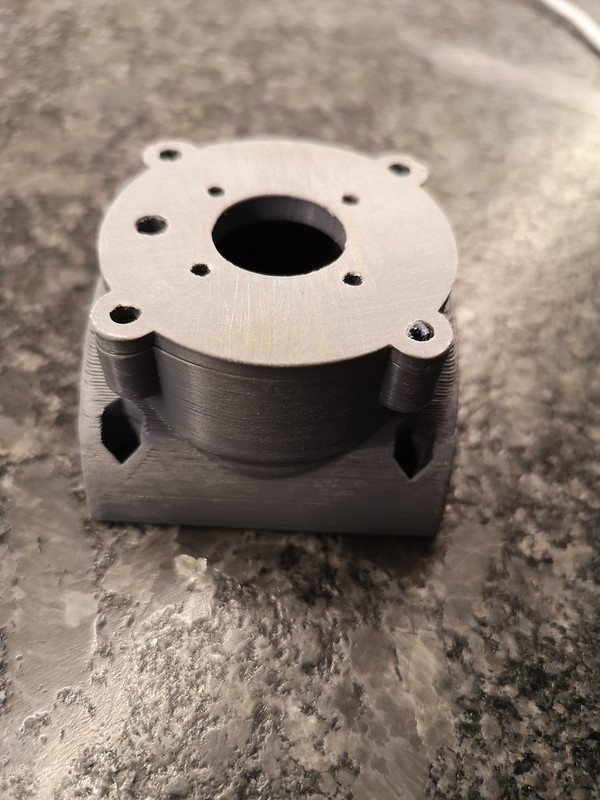 IMG_20200416_204315 by Lars Krogh-Stea, on Flickr
IMG_20200416_204315 by Lars Krogh-Stea, on Flickr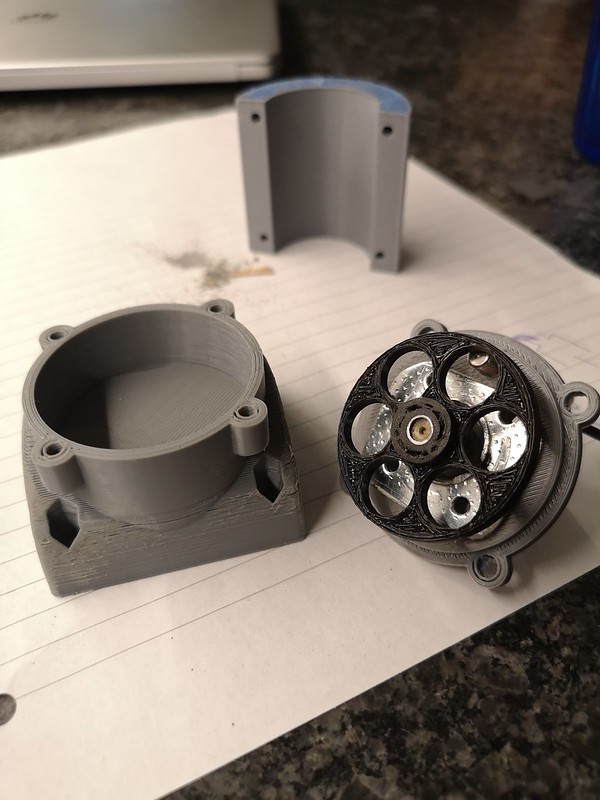 IMG_20200416_223222 by Lars Krogh-Stea, on Flickr
IMG_20200416_223222 by Lars Krogh-Stea, on Flickr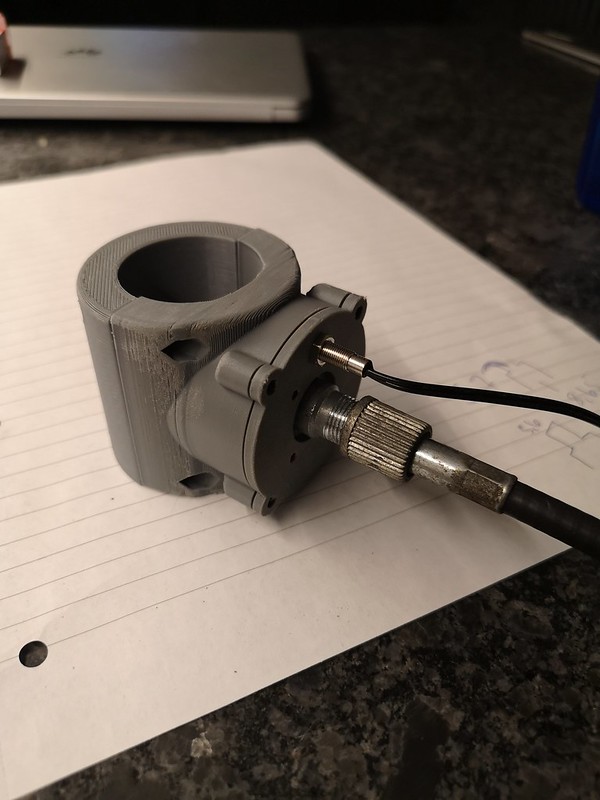 IMG_20200416_223337 by Lars Krogh-Stea, on Flickr
IMG_20200416_223337 by Lars Krogh-Stea, on Flickr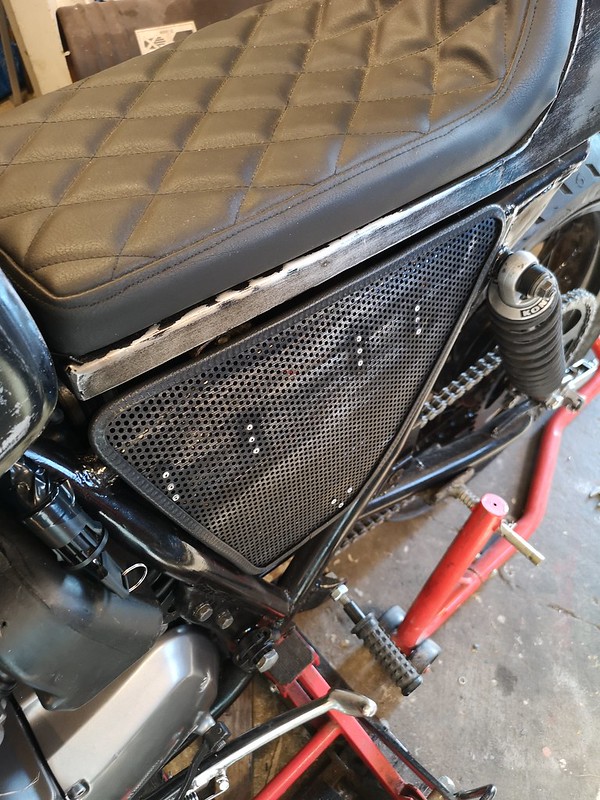 IMG_20200418_190938 by Lars Krogh-Stea, on Flickr
IMG_20200418_190938 by Lars Krogh-Stea, on Flickr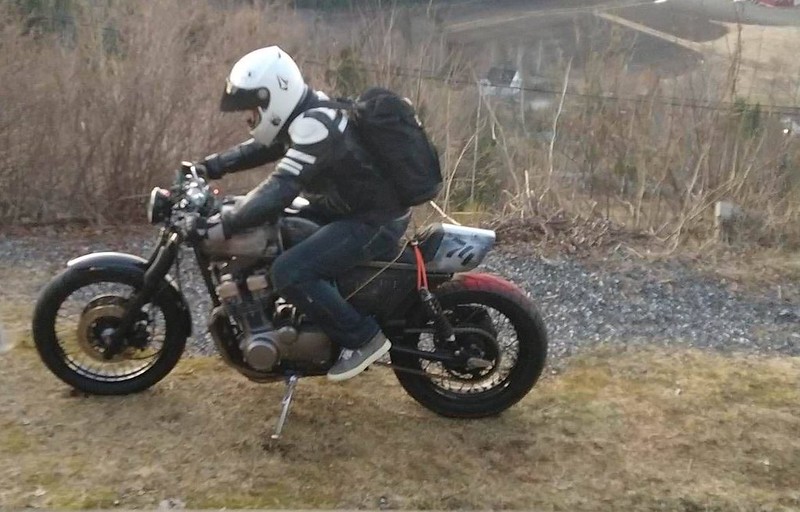 Første tur (2) by Lars Krogh-Stea, on Flickr
Første tur (2) by Lars Krogh-Stea, on Flickr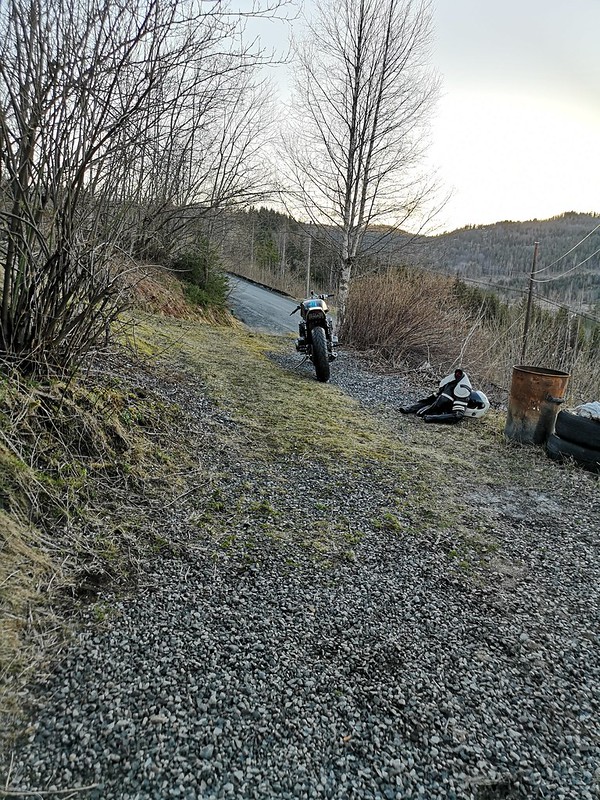 IMG_20200418_201004 by Lars Krogh-Stea, on Flickr
IMG_20200418_201004 by Lars Krogh-Stea, on Flickr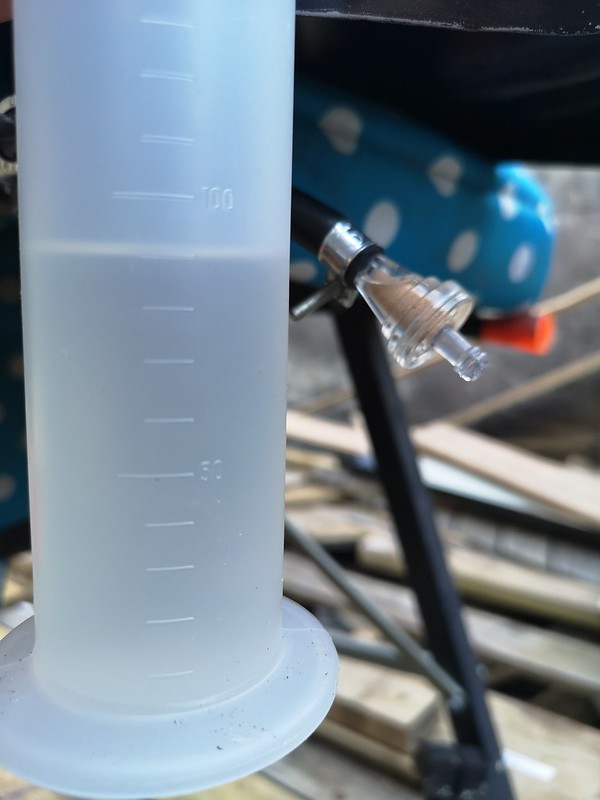 IMG_20200419_190656 by Lars Krogh-Stea, on Flickr
IMG_20200419_190656 by Lars Krogh-Stea, on Flickr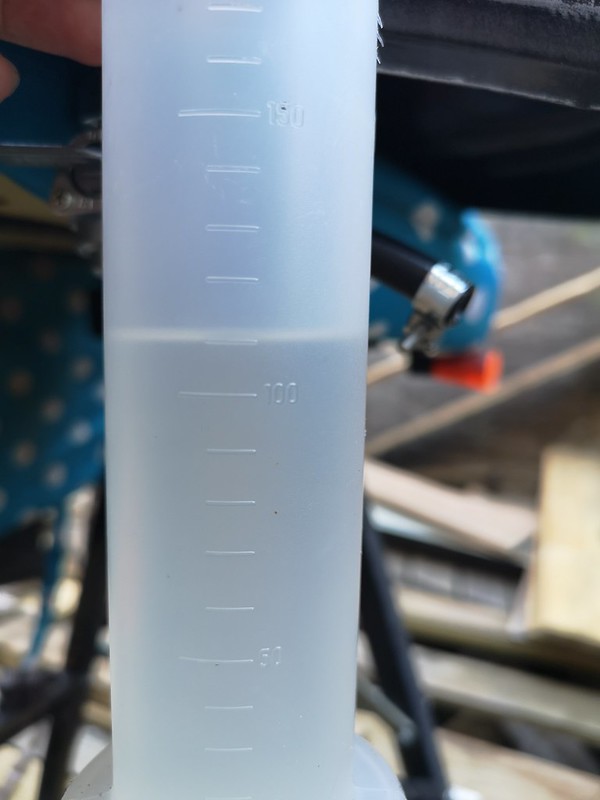 IMG_20200419_191027 by Lars Krogh-Stea, on Flickr
IMG_20200419_191027 by Lars Krogh-Stea, on Flickr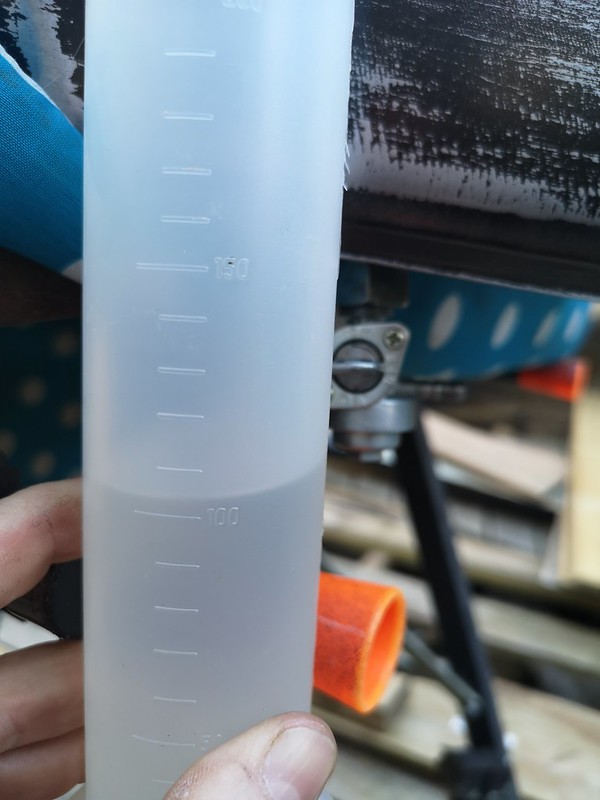 IMG_20200419_191409 by Lars Krogh-Stea, on Flickr
IMG_20200419_191409 by Lars Krogh-Stea, on Flickr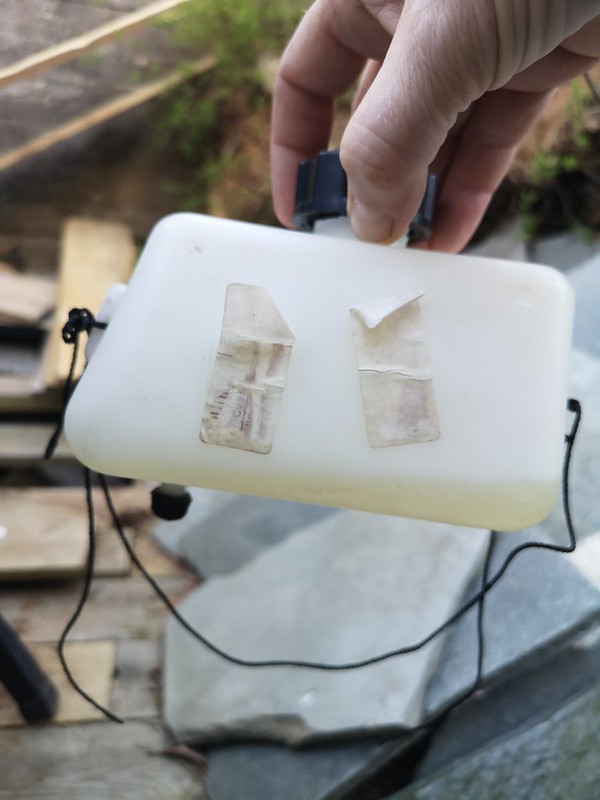 IMG_20200420_184926 by Lars Krogh-Stea, on Flickr
IMG_20200420_184926 by Lars Krogh-Stea, on Flickr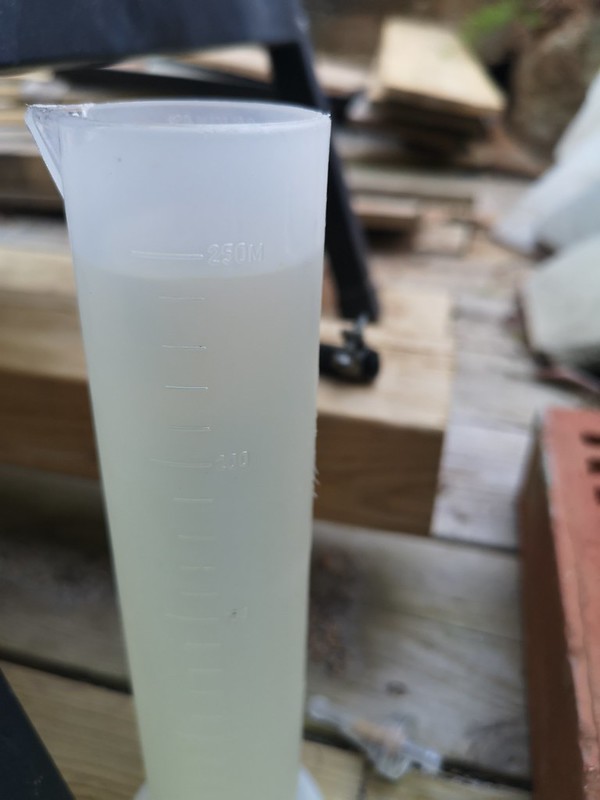 IMG_20200420_184910 by Lars Krogh-Stea, on Flickr
IMG_20200420_184910 by Lars Krogh-Stea, on FlickrI'm late to the party - damn this bike is cool. Nicely done mate, really dig what you're building. I'll be making some side covers too soon - I like how you made yours a lot. Cool
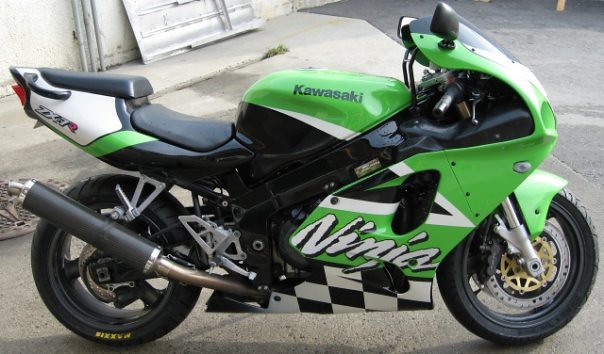 1909837_22450845914_8814_n by Lars Krogh-Stea, on Flickr
1909837_22450845914_8814_n by Lars Krogh-Stea, on Flickr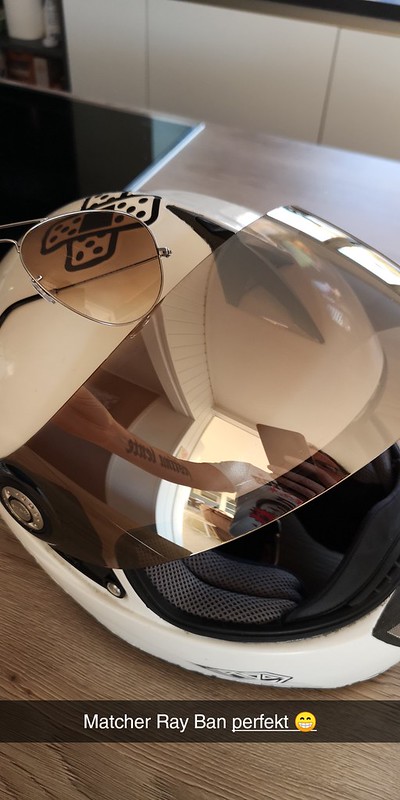 Snapchat-1984076064 by Lars Krogh-Stea, on Flickr
Snapchat-1984076064 by Lars Krogh-Stea, on Flickr